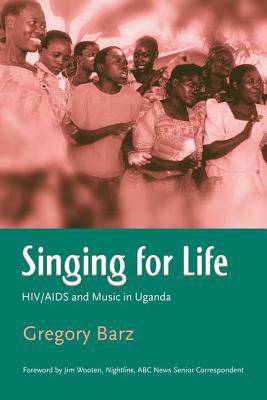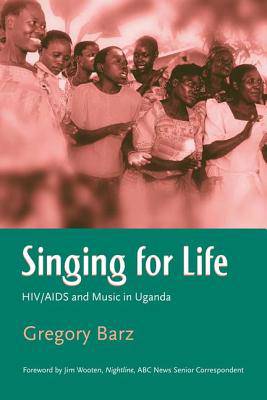
- Retrait gratuit dans votre magasin Club
- 7.000.000 titres dans notre catalogue
- Payer en toute sécurité
- Toujours un magasin près de chez vous
- Retrait gratuit dans votre magasin Club
- 7.000.0000 titres dans notre catalogue
- Payer en toute sécurité
- Toujours un magasin près de chez vous
Description
Efforts within the past decade to address the HIV/AIDS pandemic in sub-Saharan Africa have dealt with HIV/AIDS principally as a medical concern--despite the fact that doctors continue to be confronted with the complex relationship of the disease to broader social issues. When medical and governmental institutions fail, artists step in. Contemporary performances in Uganda often focus on gender and health-related issues specific to women and youths, in which song texts warn against risky sexual environments or unprotected sexual behavior. Music, dance, and drama are principal tools of local initiatives that disseminate information, mobilize resources, and raise societal consciousness regarding issues related to HIV/AIDS.
Through case studies, song texts, interviews, and testimonies, Singing for Life: HIV/AIDS and Music in Uganda examines the links between the decline in Uganda's infection rate and grassroots efforts that make use of music, dance, and drama. Only when supported and encouraged by such performances drawing on localized musical traditions have medical initiatives taken root and flourished in local healthcare systems. Gregory Barz shows how music can be both a mode of promoting health and a force for personal therapy, presenting a cultural analysis of hope and healing.
Spécifications
Parties prenantes
- Auteur(s) :
- Editeur:
Contenu
- Nombre de pages :
- 276
- Langue:
- Anglais
Caractéristiques
- EAN:
- 9780415972895
- Date de parution :
- 28-11-05
- Format:
- Livre relié
- Format numérique:
- Genaaid
- Dimensions :
- 165 mm x 237 mm
- Poids :
- 553 g

Les avis
Nous publions uniquement les avis qui respectent les conditions requises. Consultez nos conditions pour les avis.






